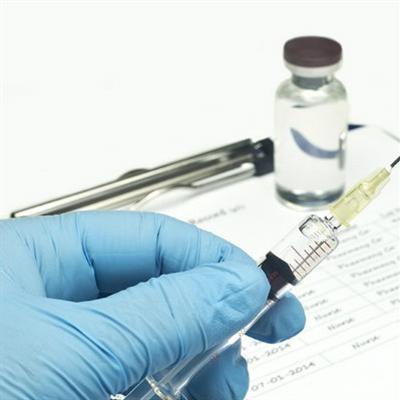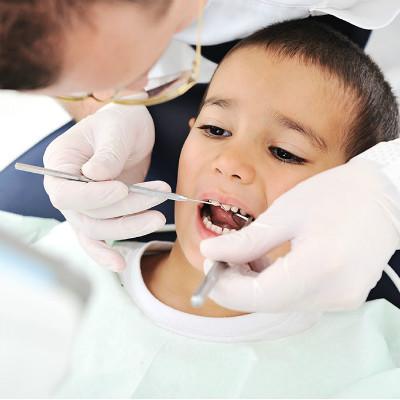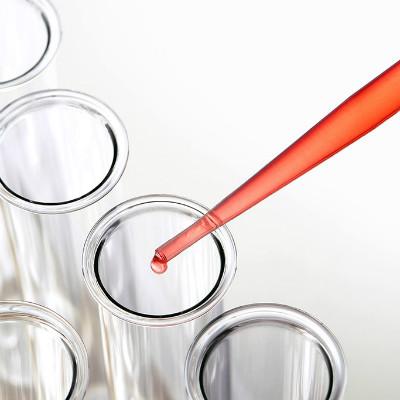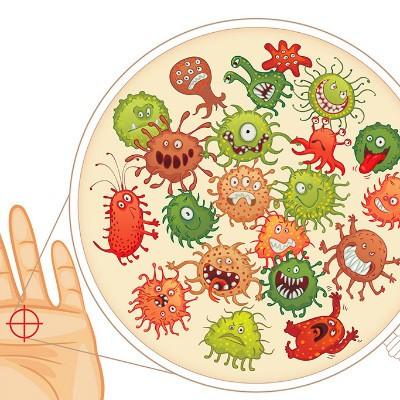Which acupoint is moxibustion for lumbar muscle strain?
summary
Long term labor, if suffering from this disease, it is very uncomfortable, a posture for a long time to sit, repeated excessive lumbar movement and excessive handling of heavy things, for a long time part of the lumbodorsal muscles are in a tight state, cold and moisture invasion, congenital dysplasia, deformity, acute lumbar sprain, lumbodorsal muscle dysplasia, Chronic lumbar muscle strain is also related to climate and environmental conditions. Too cold and too high humidity will aggravate lumbar muscle strain. Uncomfortable sleeping posture will lead to inflammation of muscle fascia. Moxibustion is mainly to dredge channels and activate collaterals. Next, which acupoint of moxibustion for lumbar muscle strain? Let me tell you this.
Which acupoint is moxibustion for lumbar muscle strain?
First: Moxibustion points main point: Ashi point: that is the local pain site. Shenshu: in the waist, when the second lumbar spinous process, side open 1.5 inches (life door side open 1.5 inches) the main role is: Supplement Yang Qi, strong kidney, strengthen the waist, remove excess water.
Second: Zhishi: in the waist, when the second lumbar spine, next to open 3 inches. Its main function is to disperse the fire and gas in the kidney and reduce the temperature outside the body. Weizhong: located in the middle of the popliteal fossa. The main function is to treat acute lumbar sprain, low back pain, lower limb flaccidity, tendon rotation and so on.
Third: large intestine Shu: in the waist, when the fourth lumbar spinous process, side open 1.5 inches. Prone position, waist Yangguan (governor vessel) next to open 1.5 inches, the main function is to regulate qi, reduce adverse, and reconcile the stomach. Matching points: wet winner plus yinlingquan, Sanyinjiao, kidney deficiency plus Mingmen, Guanyuan, Taixi.
matters needing attention
This disease belongs to the category of "lumbago" and "arthralgia" in traditional Chinese medicine. Traditional Chinese medicine believes that it is mostly related to cold and dampness strain and kidney deficiency. The pathogenic factors of wind, cold and dampness are located in the meridians. When bending down and bearing weight, the meridians are blocked and Qi and blood are not running smoothly, or it is caused by long-term illness, kidney deficiency, excessive exertion, deficiency of blood essence and dystrophy of muscles and veins.














